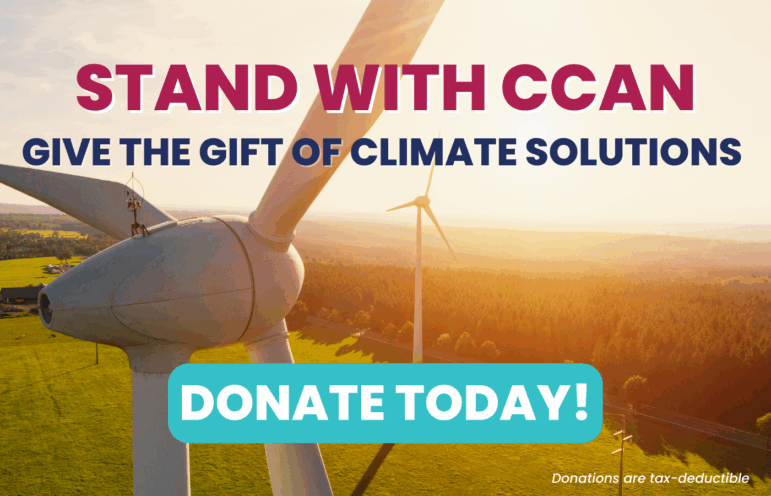Today, the Committee on Public Works and the Environment in Washington DC held a hearing on the DC Clean Cars Act of 2007 (Bill 17-0099), which went amazingly well.
A solid group of environmentalists, religious groups, DC residents, and representatives from the District Department of the Environment testified in favor of the bill.
The opposition consisted of two representatives from the automotive industry, Gerard Murphy from the Washington Area New Automotive Dealers Association, and Greg Dana from the Alliance of Automobile Manufacturers. And actually, they presented less actual opposition to the bill, but were rather voices of ambivalence. When asked by Jim Graham, the Chair of the Committee on Public Works and Environment, whether they were there in opposition or support of the bill, Mr. Murphy replied that the auto industry was taking neither stance.
This hearing was a solid step in the right direction to getting the Clean Cars Act passed, but that doesn’t mean the fight is over! We must continue to pressure the DC council to act swiftly on this legislation



